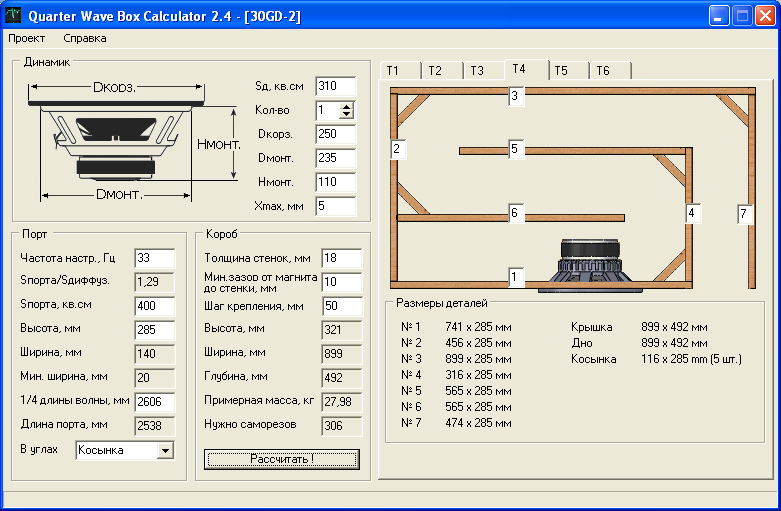


If there is no current point before the call to cairo_close_path(), The final and initial segments of the sub-path. When a closed sub-path is stroked, there are no caps on The behavior of cairo_close_path() is distinct from simply callingĬairo_line_to() with the equivalent coordinate in the case of After this call theĬurrent point will be at the joined endpoint of the sub-path. Some functions unset the current path and as a result, current point:Īdds a line segment to the path from the current point to theīeginning of the current sub-path, (the most recent point passed toĬairo_move_to()), and closes this sub-path. Some functions use and alter the current point but do not See theįollowing for details on how they affect the current point:Ĭairo_move_to(), cairo_line_to(), cairo_curve_to(),Ĭairo_rel_move_to(), cairo_rel_line_to(), cairo_rel_curve_to(),Ĭairo_arc(), cairo_arc_negative(), cairo_rectangle(),Ĭairo_text_path(), cairo_glyph_path(), cairo_stroke_to_path(). Most path construction functions alter the current point. It is possible toĬheck this in advance with cairo_has_current_point(). If there is no defined current point or if cr The current point is returned in the user-space coordinate Gets the current point of the current path, which isĬonceptually the final point reached by the path so far.


 0 kommentar(er)
0 kommentar(er)
